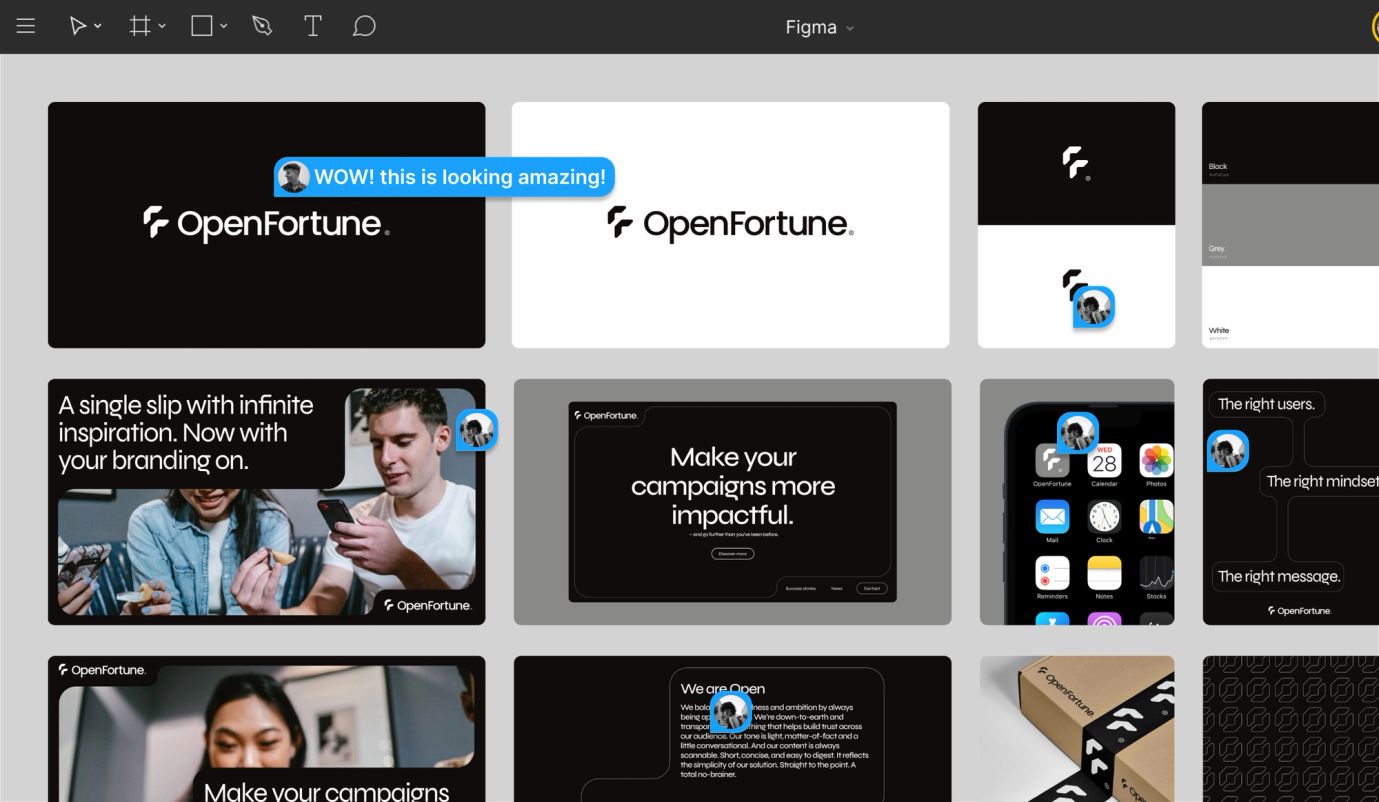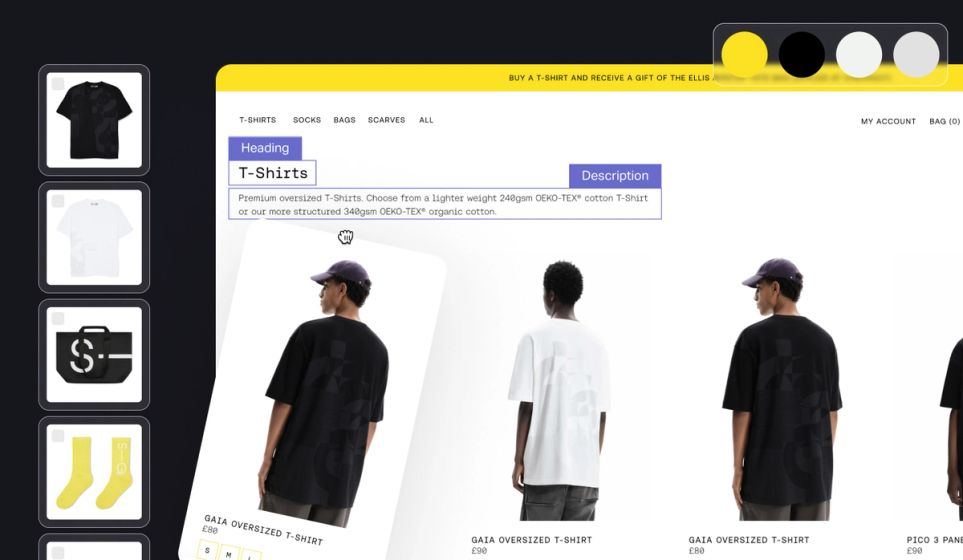
You may have already seen our advice on How to give better design feedback from a web design perspective. But this time, we’re talking branding. Because great feedback means fewer delays and a new visual identity that everyone’s stoked about. Let’s go.
Consider the bigger picture
Branding tells a story – of who you are, where you’ve been and where you’re headed. The best brand identities have depth, character and meaning. It will look the way it does for a reason. And if that rationale isn’t immediately clear, then just ask. Your designer should be able to talk you through any exploration work, previous iterations, and how they reached the endpoint. If you feel they’ve swayed off track, then gaining a better understanding of the bigger picture can help set them straight.
Be specific
We can’t emphasise this enough. Your brand is a many-faceted thing, so think about every single detail. Colours, typography, spacing, illustration – even photography style. It all comes together to create something that’s uniquely you. Take the time to say what you like, don’t like and why. And that goes for every single element. This will help get rid of any guesswork and prevent delays further down the line.
Be future-focused
A brand refresh should stand the test of time, and this will always be top of your designer’s mind throughout the rebranding process. But it’s also worth considering this at every feedback stage, too. Does it align with your overall company strategy? Have you thought about swag placement, app designs, or any other assets you have in the pipeline? Your brand will naturally evolve, so you can afford to make small refinements. But you still want it to work for the long term.
Consolidate all comments
The great thing about design is that it’s subjective. And when you’re going through something as big as a brand refresh, the more opinions you can gather from stakeholders, the better. Just be sure to resolve any conflicting comments before you share them with your designer. Plus, keep everything to Figma. It’s more efficient that way.
Know your limits
Designers can do amazing things, but they can’t do the impossible. Be conscious of contradictory feedback. Plus, be aware of accessibility, too. Your designer designs with users in mind, so if it doesn’t meet the minimum accessibility requirements, it simply won’t work. And finally, you might love the look of a competitor, but you aren’t them. So instead of asking to imitate their brand, focus on celebrating yours. The results will be way more inspiring.
Head back to the journal for design-related insights, best practice advice and more.


